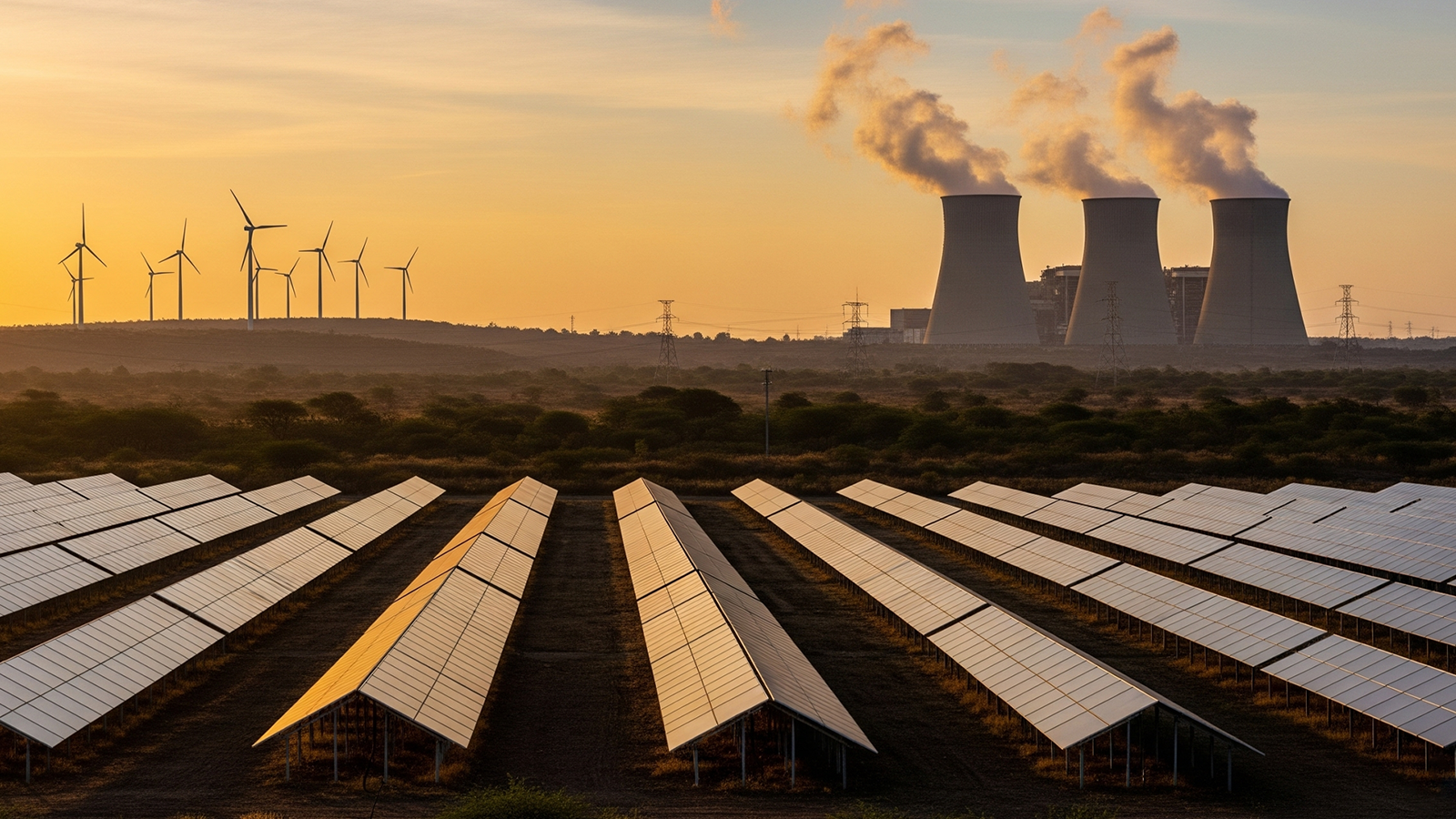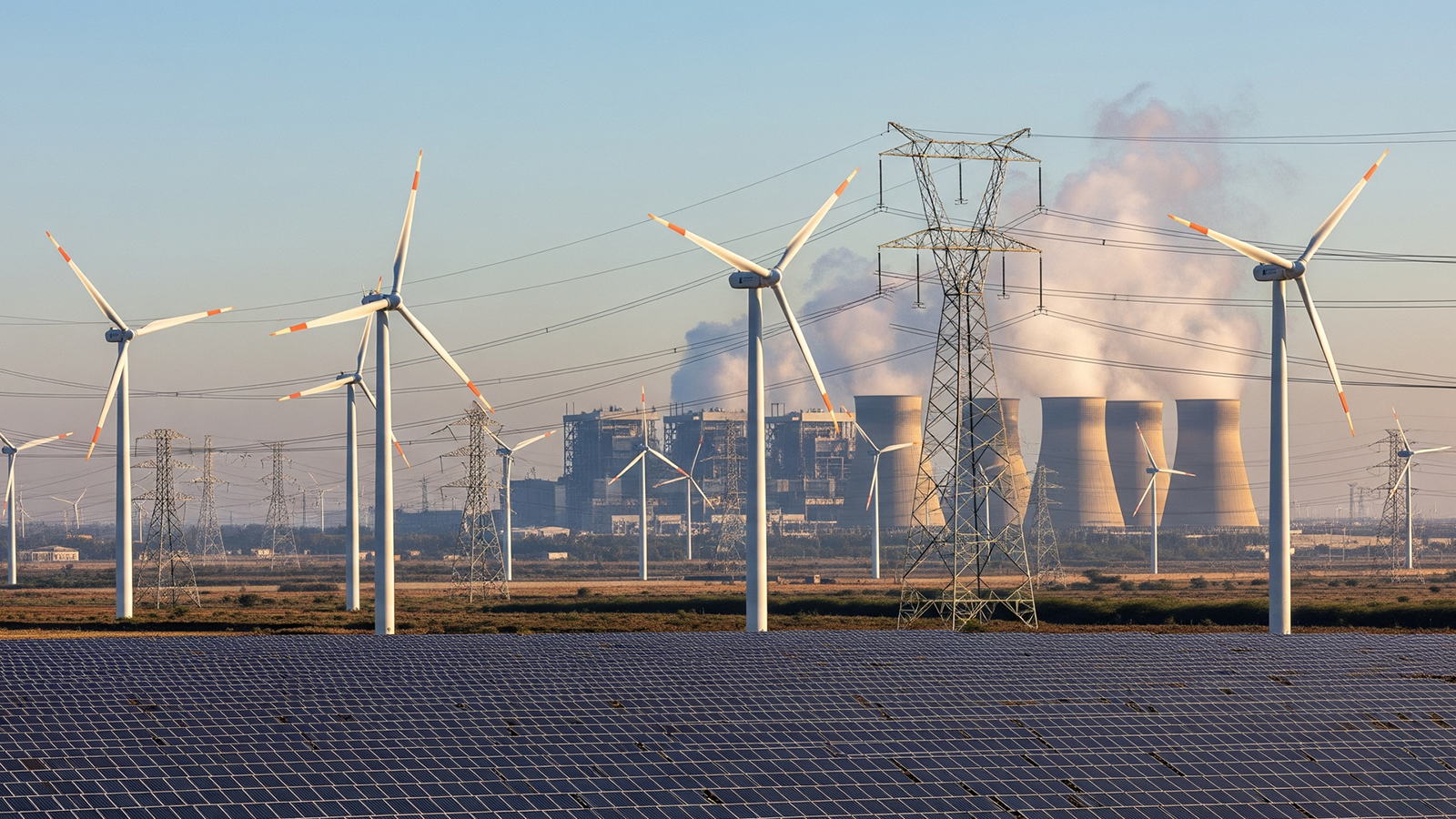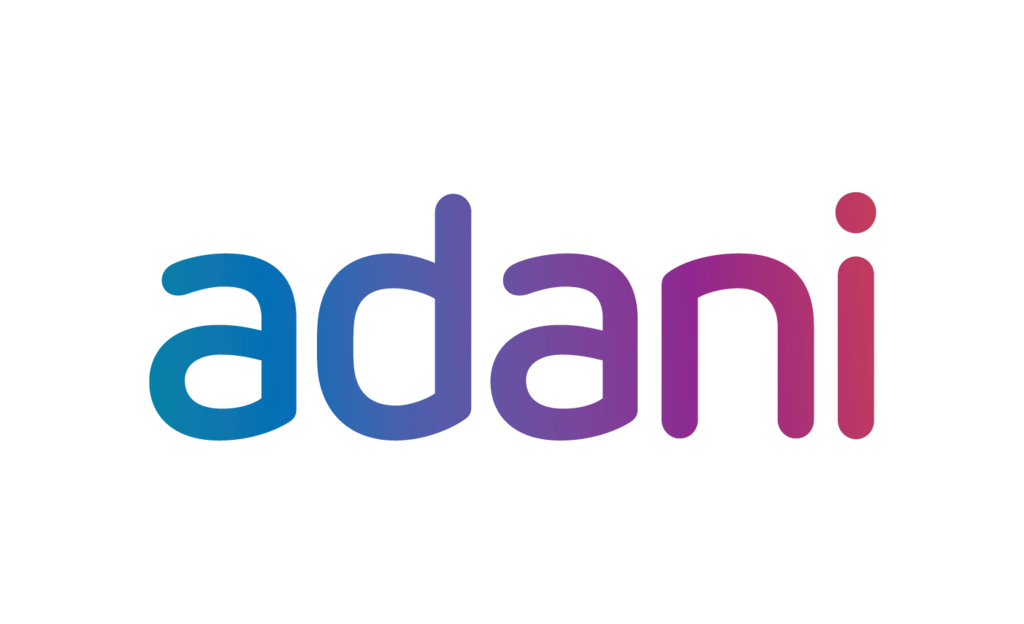SpiceJet Reports ₹233.8 Crore Loss in Q1 FY26 Amidst Revenue Decline and Rising Costs
The airline's operating revenue witnessed a sharp decline of 34.4% year-over-year, falling to ₹1,200 crore from ₹1,825 crore in Q1 FY25.

SpiceJet, India's prominent low-cost airline, has reported a significant consolidated net loss of ₹233.8 crore for the first quarter of the fiscal year 2025–26. This marks a substantial downturn from the ₹56.5 crore profit reported during the same period in the previous year.
The airline's operating revenue witnessed a sharp decline of 34.4% year-over-year, falling to ₹1,200 crore from ₹1,825 crore in Q1 FY25. This downturn is attributed to a combination of factors, including reduced passenger demand, increased fuel prices, and operational inefficiencies. The decline in revenue has significantly impacted the airline's profitability, leading to the reported loss.
Several key factors have contributed to SpiceJet's financial challenges. The airline experienced a decrease in passenger traffic, leading to lower load factors and reduced revenue per available seat kilometer (RASK). Rising global crude oil prices have led to higher aviation turbine fuel (ATF) costs, which constitute a significant portion of an airline's operating expenses. Additionally, challenges in fleet management and maintenance have resulted in increased operational costs, further straining the airline's financial performance.
In response to these financial challenges, SpiceJet is implementing several strategic initiatives to stabilize and improve its financial position. The airline is focusing on reducing operational expenses through fuel-efficient flight operations and renegotiating supplier contracts. It is also exploring new revenue streams, including expanding its cargo operations and enhancing ancillary services. Furthermore, the airline is working on optimizing its fleet utilization to improve efficiency and reduce maintenance costs.
SpiceJet's financial performance reflects broader challenges faced by the Indian aviation industry, including fluctuating fuel prices and changing passenger demand patterns. The industry's recovery trajectory remains uncertain, with airlines needing to adapt to evolving market conditions to maintain profitability.
The reported loss in Q1 FY26 underscores the financial challenges confronting the airline. While the company is taking proactive measures to address these issues, the path to recovery will depend on various external factors, including fuel price stability and passenger demand trends. The airline's ability to navigate these challenges will be crucial in determining its future financial performance.








